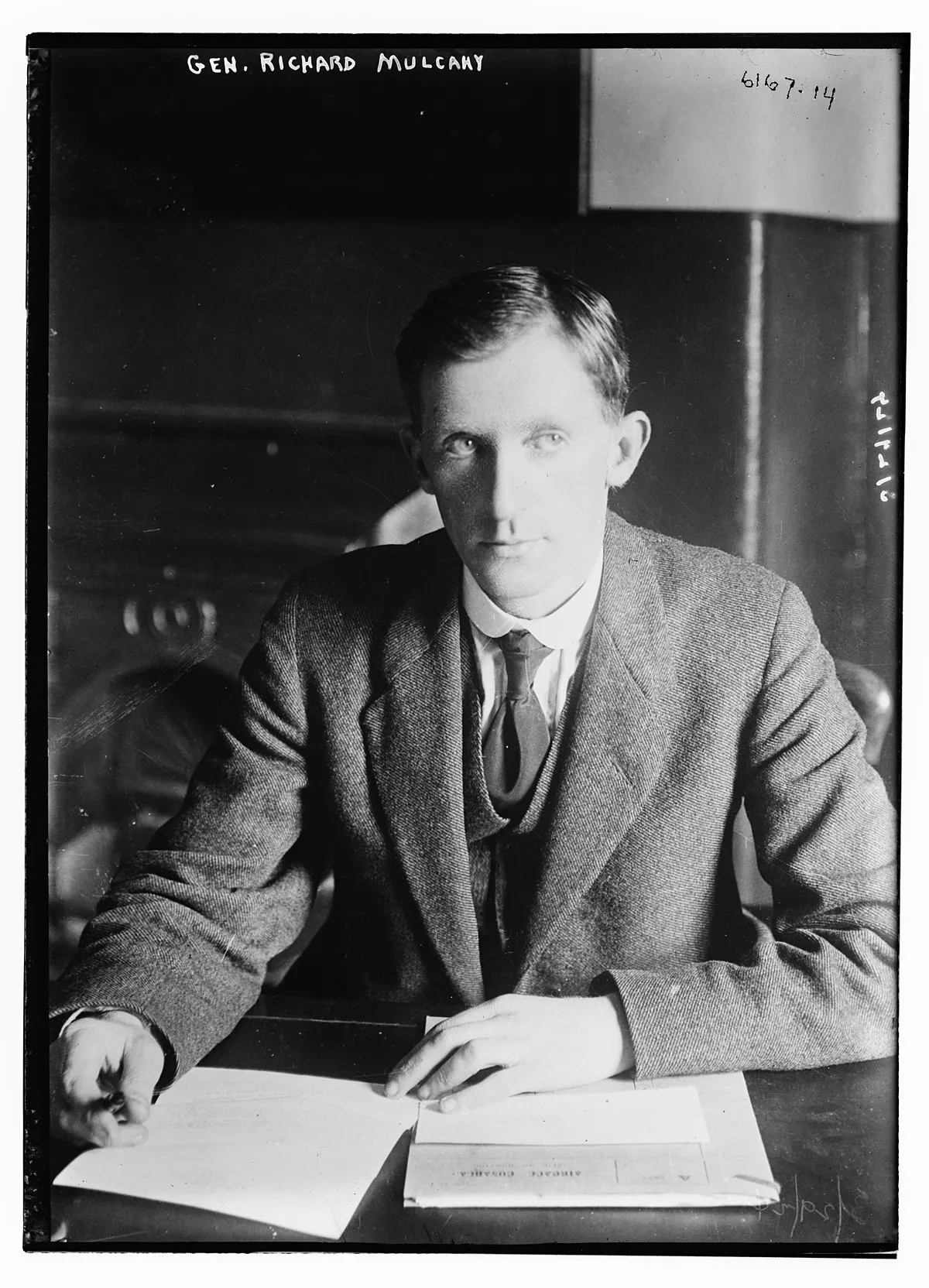 1.
1. Richard James Mulcahy was an Irish Fine Gael politician and army general who served as Minister for Education from 1948 to 1951 and 1954 to 1957, Minister for the Gaeltacht from June 1956 to October 1956, Leader of the Opposition from 1944 to 1948, Leader of Fine Gael from 1944 to 1959, Minister for Local Government and Public Health from 1927 to 1932 and Minister for Defence from January to April 1919 and 1922 to 1924.